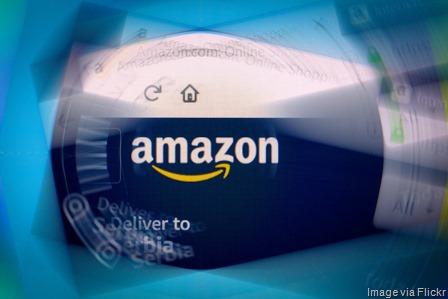 As a new business advisor, I am no longer surprised that every new entrepreneur believes the hard part is creating the first product and the business. Perhaps luckily, they have no idea that scaling the business and maintaining vitality as a mature business is even harder. What most often kills a company is the illusion (or delusion) that all is now stable and everyone can relax.
As a new business advisor, I am no longer surprised that every new entrepreneur believes the hard part is creating the first product and the business. Perhaps luckily, they have no idea that scaling the business and maintaining vitality as a mature business is even harder. What most often kills a company is the illusion (or delusion) that all is now stable and everyone can relax.
The challenge is to retain the same sense of urgency, energy, commitment, and readiness in a mature company that you felt during the startup stage. The importance and reality of this need has been detailed well in the classic book, “State of Readiness,” by Joseph F. Paris, Jr. He is a recognized thought leader on the subject of operational excellence and strategy.
He and I are both are strong believers that the keys to sustainable success start with building a solid business platform initially, with a strong support structure for scalability, sustainability, and long-term leadership. The proper support structure can only be built if you commit to and implement his following strategy elements:
Learn from the past, build for the future. New and existing companies today need to press beyond what was, through what is, to what will be. Most importantly, this is not just in the products and services you offer, but in the way your company operates. You must proactively improve your business processes, even if they seem to be working today.
Create and cultivate a leadership culture. Leaders in business these days are leaders because people are willing to follow. You can tell the capability of a leader by the caliber of their followers. The best leaders are mentors to their team, and they are stewards of a company’s assets and vision. They build trust, integrity, and respect from everyone.
Communicate the vision, then execute. People will follow only if they know where they are going. Connect the dots to the vision to gain alignment and commitment. Set a course for the destination, but also establish intermediate checkpoints to assess progress along the way. Adjust as prudent and necessary, communicating all the way.
Set-up for success and don’t set-up for failure. Delegate with accountability and responsibility, and keep your focus on the future. Let those to whom you delegate do their job, without micromanaging. Your task is follow-up in support, mentoring, and setting goals. Establish processes, incent innovation, and monitor progress along the way.
Make innovation the requisite for long-term viability. Maintaining the velocity and flexibility to keep up with the market and competitors is a requirement for survival. Your team culture needs to expect failed attempts, but never a fear of failure, only of not trying. Fail quick, fail small, learn, and move on. Change should be expected as the norm.
Construct a program for rebuilding capability. Continually redefine what success looks like into the future. Then you need to identify the talent, skills, and resources your company will need to succeed, as well as when and where they will be needed. Work hard at finding and filling the gaps. Hire and retain the best, and build the rest.
Prepare for sustainability in the long haul. The journey will be long and difficult, so prepare accordingly. Build rock-solid processes first, then increase the through-put and accuracy by introducing the right technologies where it makes sense. Capture your own best practices and replicate them across your company. Constantly strengthen the team.
We can all name companies that started strong, but didn’t scale well, or let complacency drive them off the map. Examples include Webvan, Research in Motion (Blackberry), and Tandy (Radio Shack). To this list, we can add the countless family-owned businesses that could not survive the transition to the next generation. Beware of any sense of entitlement to continuing success.

